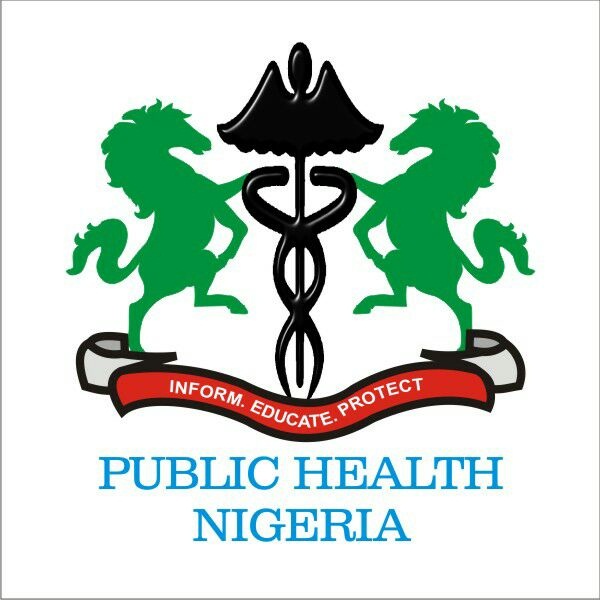Moisturizer withdrawal also known as topical corticosteroid withdrawal refers to an adverse reaction after the use of moisturizing cream or ointment containing steroid has been discontinued. Topical corticosteroids are the first-line treatment of many dermatological disorders including chronic conditions such as atopic dermatitis and, as a result, can be used for many years. Moisturizer withdrawal can also occur in children and can result from also discontinuing topical steroids used for as little as 2 months. Resultant signs/symptoms can last for more than 12 months, even with a short duration of use. Over-use of any moisturizing steroid cream or ointment, especially for long periods on large areas of skin, can result in too much medicine being absorbed into the body. This may lead to thinning or weakening of the skin or other side effects. Moisturizer withdrawal is a hotly controversial topic in the field of eczema (especially in regards to topical steroid withdrawal).
Read: What is Causing White Spots In My Mouth and Throat?
Common Sign, Symptoms, and Stages of Moisturizer withdrawal
Signs of topical Moisturizer withdrawal may develop within days to weeks after stopping high-potency topical corticosteroid moisturizer that has been over-used/abused this is mostly for the treatment of atopic dermatitis. The sign and symptoms of moisturizer withdrawal are:
Redness: Redness (erythema or flushing) typically starts on the face, genital area, or other steroid-treated sites; in some cases, this may extend to untreated sites.
Burning And /Or Stinging: One of the common symptoms of moisturizer withdrawal is burning and/or stinging. It can also include itching especially once the redness starts to fade and the dry scaly (desquamative) phase begins. This phase is characterized by the loss of the outer layer of the epidermis in large, scale-like flakes. The skin appears dry and cracked.
Intense flare-ups: Early in the flare, the skin can feel quite thickened. Swelling (edema) and papules can occur. Papules are often called skin lesions, are essentially changes in the color or texture of your skin. Sometimes, papules cluster together to form a rash. Long-lasting moisturizer contains ceramides, which help build up the skin’s moisture barrier.
Skin sensitivity: Another key sign of moisturizer withdrawal used by doctors to diagnose the condition is the sensitivity of the skin to previously tolerated skin products. If your skin suddenly becomes sensitive to previously tolerated skin products you could be experiencing withdrawal from topical steroids.
Elephant wrinkles: When it comes to moisturizer withdrawal “Elephant wrinkles” of the extensor elbows and anterior knees is another key sign as areas of your skin that are not affected by eczema appear brighter and smoother than the inflamed patches
See: Ghana Black Soap: Uses, Beauty Benefits, Side Effects
How Long Does Moisturizer Withdrawal Symptoms Last?
Steroid medication generally shouldn’t be applied to sensitive areas of the body for longer than a few days. Moisturizer withdrawal can last anywhere from several days to two weeks. Other factors that impact the duration of withdrawal are the types of topical steroids used. Not all steroids are created equally some stay in the user’s system for a longer period of time. High-potency topical corticosteroid moisturizers stay in the body longer and the resulting signs and symptoms of withdrawal can last for up to 12 months, even with a short duration of use.
Frequently Asked Questions
What is the use of moisturizing cream?
This medication is used as a moisturizer to treat or prevent dry, rough, scaly, itchy skin and minor skin irritations (e.g., diaper rash, skin burns from radiation therapy). Emollients are substances that soften and moisturize the skin and decrease itching and flaking.
Is it good to apply moisturizer?
Moisturizers are most effective when skin is still damp, as damp skin best absorbs the moisture and locks it in for a longer time. As the back of the bottle says, you should always apply moisturizer to clean skin—and for maximum results, shortly after cleansing, before your skin is totally dry. See: Dark Spot Removal Cream and Soaps In Nigeria
What do dermatologists recommend for dry skin?
Avoid using harsh soaps that dry the skin. Recommended soaps are Dove, Olay, and Basis. Even better than soap are skin cleansers such as Cetaphil Skin Cleanser, CeraVe Hydrating Cleanser, and Aquanil Cleanser. Next, apply a moisturizing cream (not lotion) to the skin.
Do you rinse off moisturizer?
Before applying moisturizer, you should always wash your face. A good skincare routine would have you wash your face twice a day. Apply your facial moisturizer after you’ve rinsed and patted your face with a towel before your skin completely dries.
Is Moisturiser necessary?
Dermatologist says no one ‘actually requires moisturizer’ is that true? Some experts believe that it’s not necessary to moisturize the skin as the body is already equipped to do it on its own. … “If you apply a lot of moisture, the skin will become sensitive, dry, dull, and interfere with natural hydration.
What is a natural moisturizer?
Coconut oil is not only a good natural face moisturizer, but it is useful for all over the body as well. “Coconut oil is moisturizing and anti-inflammatory, and is great for all dry skin, including eczema-prone, allergic skin,” says dermatologist Tsippora Shainhouse, MD
What can I use instead of moisturizer?
If you’re looking to moisturize your skin naturally, try these six home remedies to keep your skin radiant and hydrated.
Avocado
Shea Butter
Aloe Vera
Milk
Honey.
Read: How To Naturally Remove Dark Spots On Face Overnight






